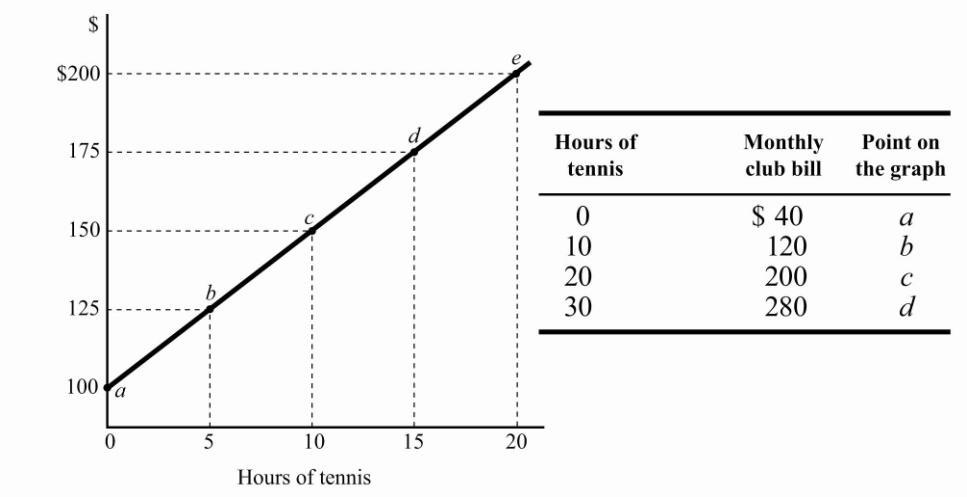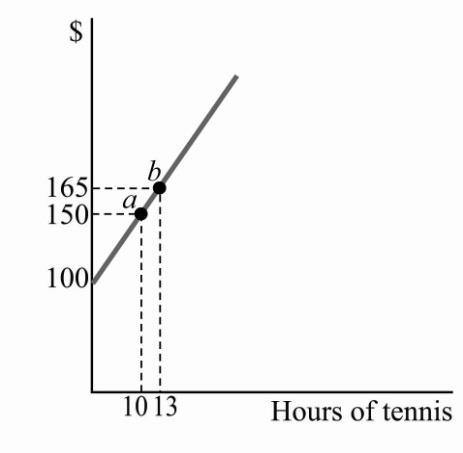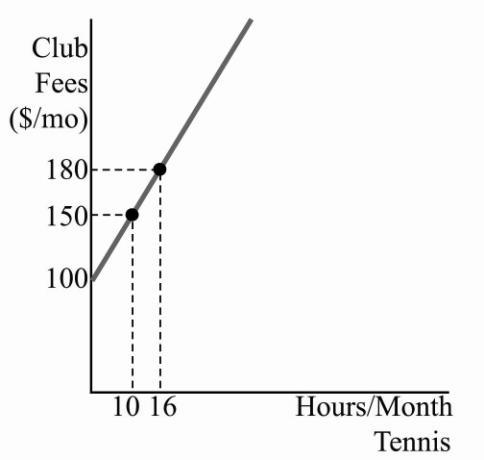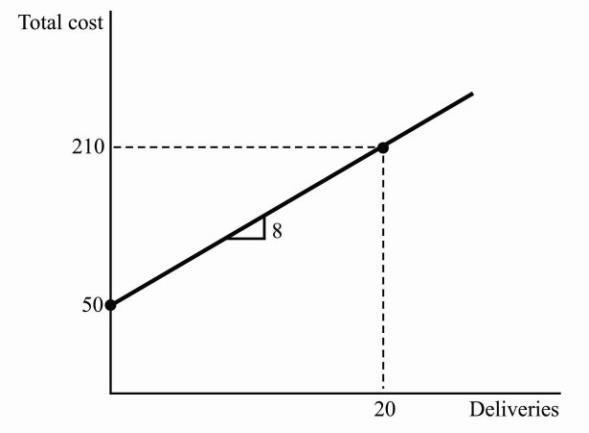1 Introduction: What Is Economics?
Chapter Summary
Chapter 1 provides a basic illustration of what economics is and why it is useful. Economics is the study of the choices people, firms, and governments make when resources are scarce. Economic analysis helps us understand the consequences of these choices. Here are the main points of the chapter:
Most of modern economics is based on positive analysis, which answers the question “What is?” or “What will be?”
Economies must answer three questions: What products do we produce? How do we produce the products? Who consumes the products?
Normative analysis answers the question “What ought to be?”
To think like an economist, we (a) use assumptions, (b) use the notion of ceteris paribus, (c) think in marginal terms, and (d) assume that rational people respond to incentives.
Macroeconomics helps us understand why economies grow and understand economic fluctuations. Microeconomics helps us understand how markets work.
Learning Objectives:
1.1 What is Economics? List the three key economic questions.
1.2 Economic Analysis and Modern Problems: Discuss the insights from economics for a real-world problem such as congestion.
1.3 The Economic Way of Thinking: List the four elements of the economic way of thinking.
1.4 Employability Economic Logic on the Job: Explain how studying economics improves a person’s employment prospects.
1.5 Preview of Coming Attractions Macroeconomics: List three ways to use macroeconomics.
1.6 Preview of Coming Attractions Microeconomics: List three ways to use microeconomics.
Approaching the Material
The first classes are very important in determining your students’ attitudes toward economics. You have to find out their attitude and use real-world examples that help them understand that economics relates to their lives. Stating to the class that economics is “The study of how scarce resources are allocated to satisfy unlimited wants” is accurate but is also one of the reasons why some people still refer to economics as “the dismal science.” Try the following definition of economics instead: “Economics is the study of how you, your friends, the stores where you shop, and your mayor make choices.” Every student in front of you makes choices everyday what to wear, what to have for breakfast, or whether to sleep in, whether to study or play video games. Students allocate resources all day long. Time is one resource that everyone can relate to and everyone has the same amount of. Use what students know to teach them what you want them to know.
Chapter Outline
1.1 What Is Economics?
A. Scarcity: the resources we use to produce goods and services are limited. Economics is the study of choices when there is scarcity.
Teaching Tip
Students have scarce resources they have to allocate. Ask the class who had breakfast this morning. You should have a room full of both breakfasters and those who did not eat. Ask those who did not eat breakfast why not. Someone is sure to say they did not have the time. Explain that we all have the same amount of time (a scarce resource), but we choose to allocate it differently. (i.e., sleep in, workout, study, eat breakfast).
B. Factors of Production
Factors of production: the resources used to produce goods and services, also known as production inputs.
Natural resources: the resources provided by nature and used to produce goods and services. Labor: the physical and mental effort people use to produce goods and services.
Physical capital: the stock of equipment, machines, structures, and infrastructure that is used to produce goods and services.
Human capital: the knowledge and skills acquired by a worker through education and experience. Entrepreneurship: the effort used to coordinate the factors of production natural resources, labor, physical capital, and human capital to produce and sell products.
C. Positive versus Normative Analysis
1. Positive analysis answers the questions “What is?” or “What will be?”
a. For example: What is the effect on poverty of a living wage ordinance? Or, What is the effect on a city’s costs of a living wage ordinance?
2. Normative analysis answers questions of “What ought to be?”
a. For example: Should a city implement a living wage ordinance?
Teaching Tip
Tell the students that Mr. Alumni Bigbucks has donated 50 million dollars to the university. The following question is an example of positive analysis: Should the donation be used to build a new stadium or a state-of-the art library/technology center? The following question is an example of normative analysis: What do they think should be built and why?
D. The Three Key Economic Questions
The choices made by individuals, firms, or governments answer three fundamental questions:
1. What goods and services do we produce?
2. How do we produce these goods and services?
3. Who consumes the goods and services that are produced?
Teaching Tip
Now is a good time to introduce the concept of markets indirectly. Consumers decide what is produced and for whom; businesses decide how the products are produced.
E. Economic Models
An economic model is a simplified representation of an economic environment, often employing a graph. For example, economists use the model of a market to analyze the effects of public policy on economic outcomes.
1.2 Economic Analysis and Modern Problems
Economic analysis can provide insights into real-world problems such as:
A. Economic View of Traffic Congestion: problem is solved by paying tolls.
B. Trade-offs from International Trade: there are winners and losers (or trade-offs) associated with specialization and trade.
C. Economic View of Managing the U.S. Economy: governments throughout the world intervene to try and help their economies.
1.3 The Economic Way of Thinking
A. Use of Assumptions to Simplify and Facilitate Learning
B. Isolate Variables Ceteris Paribus
A variable is a measure of something that can take on different values. The ceteris paribus is a Latin expression meaning other variables being held fixed. The assumption is that when we consider changes in one variable, we hold all other variables constant.
Teaching Tip
Ask the students to recall doing experiments in high school science (chemistry) classes. Remind them that in order to obtain reliable results, they had to change only one component while holding other components constant.
C. Thinking at the Margin
Economists consider small, incremental changes to determine whether or not it is desirable to change the level of economic activity. A small, one-unit change in value is known as a marginal change. For example, should you eat the fourth piece of pizza if you aren’t hungry?
D. Rational People Respond to Incentives
Teaching Tip
Self-interest is not the same as selfishness. Ask the students to think about all of the things their parents have done for them over the years. Not selfish but certainly in the parent’s selfinterest.
E. Example: Southern California Addresses Its Congestion Problem
The Southern California Council of Governments (SCAG) advocates a congestion tax (or “decongestion fee”) that would be paid by drivers who use roads during peak periods. A similar plan was implemented in Stockholm, which experienced a 20 percent decrease in traffic as a result.
Teaching Tip
AskthestudentswhatotherpricingschemesLondoncouldhaveusedtoreducecongestion free public transportation, alternative work hours, higher parking rates.
Teaching Tip
Almost every college campus in America lacks enough spaces for those who want to park. Discussthecurrentparkingpolicyatyouruniversity.Askthestudentstouseeconomicanalysis to come up with alternative policies to solve the parking problem (small groups should work well here). The possible solutions should include raising parking fees, restricting parking by types of parkers (no freshman, faculty/staff only), remote parking with free shuttles, altering class schedules, rewards for car pooling, and expanding parkingspaces.
Review these key questions and their related Applications:
Question 1: How do people respond to incentives?
APPLICATION
1: INCENTIVES TO INSTALL ROOFTOP SOLAR PANELS
The federal government is offering a tax credit for homeowners to install rooftop solar panels to generate electricity. Studies have shown that consumers are very responsive to tax incentives for solar power, especially if they pay a relatively high price for electricity.
Question 2: What is the role of prices in allocating resources?
APPLICATION
2: HOUSING PRICES IN CUBA
The Cuban government confiscated most housing in 1960 and did not allow homeowners to sell their property. As a result, the housing stock deteriorated because there was little incentive to repair it. Housing reforms allowed the sale and purchase of homes in Cuba in 2011. These reforms increase incentives and are expected to increase construction of houses.
1.4 Employability: Economic Logic on the Job
Economics involves making choices. There are many examples of jobs in the real world where economic analysis can be applied in making decisions.
Copyright © 2020 Pearson Education, Inc.
1.5 Preview of Coming Attractions: Macroeconomics
Macroeconomics is the study of the nation’s economy as a whole; it focuses on the issues of inflation, unemployment, and economic growth.
A. Why Study Macroeconomics?
1. To understand why economies grow
2. To understand economic fluctuations
3. To make informed business decisions
1.6 Preview of Coming Attractions: Microeconomics
Microeconomics is the study of the choices made by households, firms, and the government, and how these choices affect the markets for goods and services.
A. Why Study Microeconomics?
1. To understand markets and predict changes
2. To make personal or managerial decisions
3. To evaluate public policies
Additional Applications to Use in Class
Question: Does a real estate agent have an incentive to get you the highest price?
ADDITIONAL APPLICATION: FREAKONOMICS
Source: Motley Fool audio interview with economist Steven Levitt Interviewed by David Gardner “Freakonomics”
Summary: Key Points in the Article
This audio clip features an interview with one of the authors of the best-selling book Freakonomics. Economist Steven Levitt answers a host of questions typically not tackled by most economists. One of the questions is related to realtors and agency relationships. In other words, do realtors really work for real estate sellers?
According to Levitt, it is in the best interest of the realtor to convince sellers to take an offer lower than they would receive if the property remained on the market. Since the percentage of the sales price that real estate salespersons receive from selling a house is a very small fraction, a $10,000 increase in sales price might net a real estate professional another $150 commission for a tremendous amount of additional work. Therefore, it is in the real estate salesperson’s best interest to convince the seller to make the quick sale and take the first reasonable offer. Levitt points toward evidence that real estate professionals tend to leave their own properties on the market longer and receive 2 percent to 3 percent more in sales price.
Levitt addresses many other issues including market efficiency, horse racing, and drug dealing in this interview. Listen to the clip for Levitt’s economic explanation of numerous topics.
Analyzing the News
Levitt’s primary contribution is his application of economic thought to a number of topics typically not addressed by economics. As you will hear, economics is truly a social science that can be used to explain quite a bit of human behavior.
Thinking Critically Questions
1. What is “freakonomics?”
2. Why would the illustration of “realtors” and not maximizing sales price for sellers be an economic topic?
3. Are the stock markets efficient according to Levitt?
Teaching Tip
This is a great example of how people’s incentives are often not the same. Although the real estate agent works for the seller, their interests regarding holding out for a higher price are not the same.
Question: How does a tightening of discretionary income affect luxury industries?
ADDITIONAL APPLICATION: SPORTSBIZ: GOLF INDUSTRY GETS HIT HARD
Sweet, David
“SportsBiz: Golf Industry Gets Hit Hard”
Posted 12/3/2008 on MSNBC.com
Summary: Key Points in the Article
Golf courses are not only on hold in the United States, but also many are being converted to other uses. The 1990s saw tremendous expansion in the sport, which is now being reversed as many people forgo the game due to tight budgets. More courses are closing this year than are opening, and openings are the lowest in 20 years.
In addition, many new courses are tied to housing projects that are currently mothballed due to the flagging housing market. Equipment sales are down as well as rounds played. The one bright spot appears to be China. One course designer formerly in high demand in the United States is now focusing on China’s growing appetite for the game.
Analyzing the News
Golf is a game that consumes discretionary income. As more people look for ways to reduce spending either due to job loss or conservation of cash, golf may be one of the first luxuries to go. It appears that the recession may be impacting all levels of income. You may begin to see a reduction in price as shown in the graph as golf courses attempt to draw customers back to the green. Of course, if the number of golf courses in the United States falls even further, you would see a leftward shift in supply that might help the surviving courses.
Thinking Critically Questions
1. What is causing the leftward shift in demand for golf?
2. How do expectations cause demand shifts?
3. Why is China experiencing a golf boom?
Copyright © 2020 Pearson Education, Inc.





